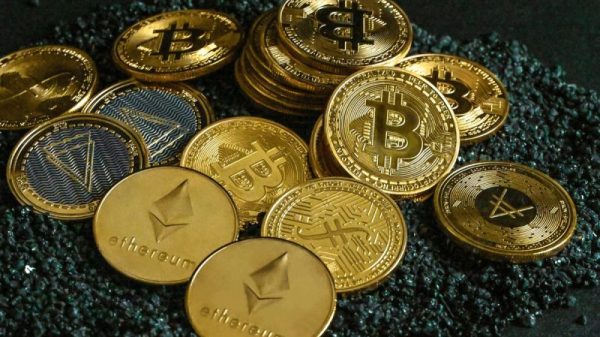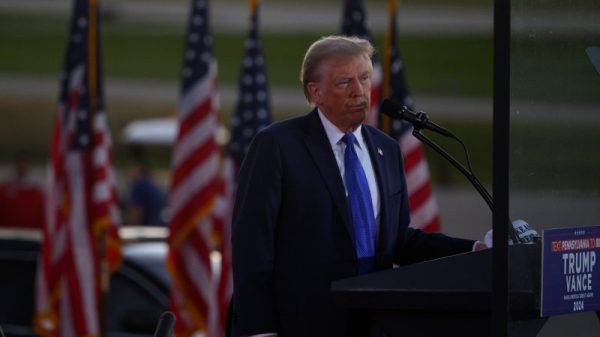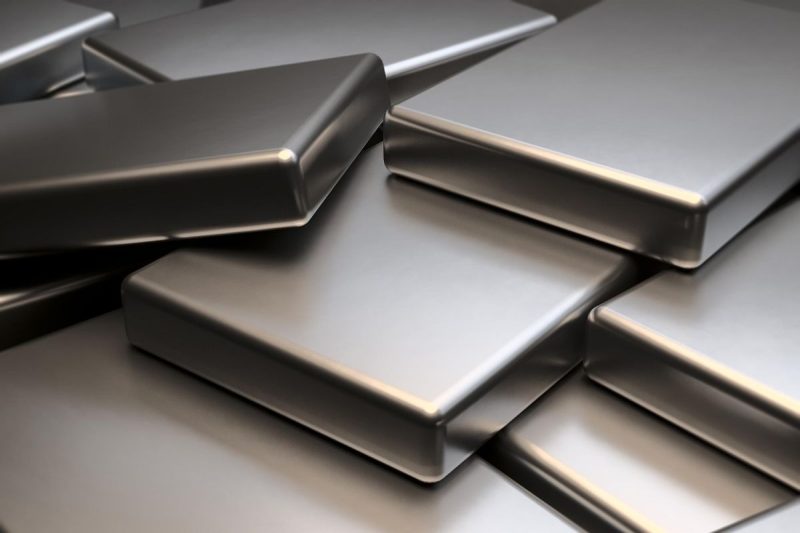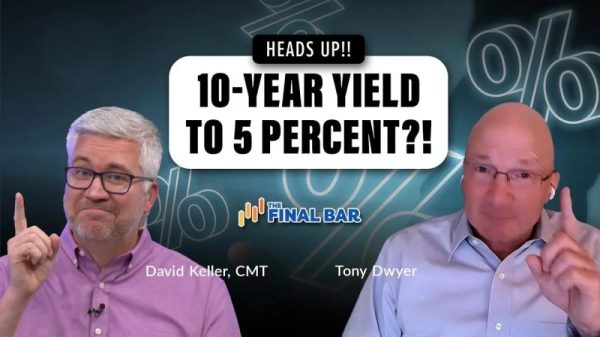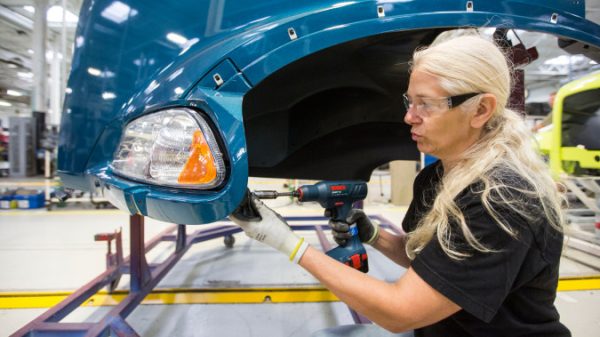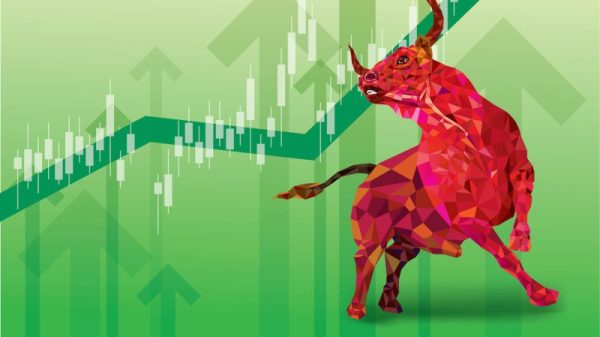The 17 rare earth elements (REEs) are as diverse as they are challenging to pronounce.
The group is made up of 15 lanthanides, plus yttrium and scandium, and each has different applications, pricing and supply and demand dynamics. Sound complicated? While the REE space is undeniably complex, many investors find it compelling and are interested in finding ways to get a foot in the door.
Read on for a more in-depth look at the rare earth metals market and the many different types of rare earths, plus a brief explanation of how to start investing in this arena.
What are the types of rare earths?
There are a number of ways to categorize and better understand REEs. For example, they are often divided into “heavy” and “light” categories based on atomic weight. Heavy rare earths are generally more sought after, but light REEs are of course important too.
Rare earths can also be grouped together according to how they are used. Rare earth magnets include praseodymium, neodymium, samarium and dysprosium, while phosphor rare earths — those used in lighting — include europium, terbium and yttrium. Cerium, lanthanum and gadolinium are sometimes included in the phosphor category as well.
One aspect that is common to all the rare earths is that price information is not readily available — like other critical metals, rare earth materials are not traded on a public exchange. That said, some research firms do make pricing details available, usually for a fee. These include Strategic Metals Invest, Fastmarkets and SMM.
What factors affect supply and demand for rare earths?
As mentioned, each REE has different pricing and supply and demand dynamics.
However, there are definitely overarching supply and demand trends in the sector. Most notably, China accounts for the vast majority of the world’s supply of rare earth metals. As the world’s leading producer, the Asian nation accounted for roughly 70 percent of rare earths production in 2023, or 240,000 metric tons (MT), with the US coming in a very distant second at 43,000 MT. After the United States, Myanmar is the third largest rare earth producer with an output of 38,000 MT last year. On top of that, China is also responsible for 90 percent of refined rare earths output.
The strong Chinese monopoly on rare earths production has created problems in the sector in the past. For instance, prices in the global market spiked in 2010 and 2011 when the country imposed export quotas.
The move sparked a boom in global rare earth metals exploration outside of China, but many companies that entered the space at that time fell off the radar when rare earths prices eventually sank again. Molycorp, once North America’s only producer of rare earths, is a notable example of how hard it is for companies to set up shop outside China. It filed for bankruptcy in 2015.
But the story didn’t end there — MP Materials (NYSE:MP), the company that now owns Molycorp’s assets, went public in mid-2020 in a US$1.47 billion deal, and a year later was a US$6 billion company. MP Materials is now the largest producer of rare earths in the western hemisphere, with a focus on high-purity separated neodymium and praseodymium oxide; a heavy rare earths concentrate; and lanthanum and cerium oxides and carbonates.
Concerns about China’s dominance are ongoing as the US/China trade war continues and as supply chain stability grows in importance. The Asian nation has tightly controlled how much of its rare earths products make into global markets through a quota system initiated in 2006.
In 2023, China issued three rounds of rare earth output quotas for a record total of 255,000 MT, an increase of 21.4 percent over the previous year, reported Reuters. For 2024, analysts expect a slower rate of increase for China’s rare earth quotas of between 10 percent and 15 percent.
Sharing a border with China, Myanmar is the source of at least 70 percent of its neighbors’ medium to heavy rare earth feedstock. In the first seven months of 2023, Myanmar accounted for 38 percent of China’s rare earth materials imports. Not surprisingly, a temporary halt in Myanmar’s production in the late summer last year sent rare earth prices to their highest level in 20 months, as per OilPrice.com.
Outside of China, one of the world’s leading rare earths producers is Australian company Lynas (ASX:LYC,OTC Pink:LYSCF), which sends mined material for refining and processing at its plant in Malaysia. The Japan Organization for Metals and Energy Security and Sojitz (TSE:2768), through Japan Australia Rare Earths, inked an agreement last year to invest AU$200 million in the production and supply of heavy rare earths from Lynas, which will allow the mining company to expand its light rare earths production and begin production of heavy rare earths.
In the US, MP Materials is making good use of a US$35 million Department of Defense grant with the commissioning of an NdPr separation plant in 2023, and is now working on the expansion of its downstream manufacturing operations to include alloys and magnets.
Looking at demand, many analysts believe the need for rare earths is set to boom on accelerating growth from top end-use categories, including the electric vehicle market and other high-tech applications.
As an example, demand for dysprosium, a key material in steel manufacturing and the production of lasers, has grown as countries increase their steel standards. Aside from that, rare earths have long been used in televisions and rechargeable batteries, two industries that accounted for much demand before the proliferation of new technologies. Other rare earth metals can be found in wind turbines, aluminum production, catalytic converters and many of the high-tech products used every day.
According to Reuters, analysts are projecting a rebound in rare earths demand in the second half of 2024, particularly from the EV and wind turbine segments.
As can be seen, securing rare earths supply is an increasingly important issue. In addition to traditional rare earths mining, there has been growth in the rare earths recycling industry, which aims to recover REE raw materials from electronics and high-tech products in order to reuse them in new ways. Exploring and extracting rare earth materials from deep-sea mud is one of the newest recovery methods, and it is gaining traction as more mining companies look offshore for resources.
How to invest in rare earths?
The possibility of higher rare earths prices in the coming years has been one of the catalysts for investors wondering how they can invest in rare earths. As it’s not possible to buy physical rare earth metals, the most direct way to invest in the rare earths market is through mining and exploration companies.
Investing in rare earths stocks
While many such companies are located in China and are not publicly traded, there are a variety of options available on Canadian and Australian stock exchanges. Below is a selection of companies with rare earths assets or operations trading on the TSX, TSX and ASX; all had market caps of over $50 million as of April 25, 2024.
Lynas
Some small-cap REE companies are also listed on those exchanges. Here’s a list of rare earths companies or companies with rare earths projects listed on the TSXV, TSX, CSE and ASX that had market caps of less than $50 million as of April 25, 2024:
Rare earths exchange-traded funds
Rare earths exchange-trade funds (ETFs) offer investors a diversified position in this market space, mitigating the risks of investing in specific companies.
Securities Disclosure: I, Melissa Pistilli, hold no direct investment interest in any company mentioned in this article.


